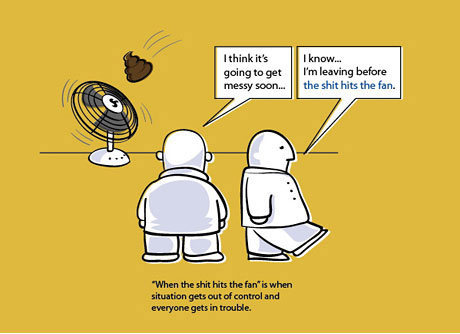
GIF animations generator gifup.com
Teaching listening skills is one of the most difficult tasks for me as a teacher. I think it is because good listening skills take a long time to be acquired and with lots of practice. It's also difficult for students, because there are no rules as in grammar teaching.
One of the inhibitors for students is often mental block due to lack of practice. While listening, students say they don't understand what is being said, because they want to understand every word and then translate it, which takes a lot of time. As a result they easily give up and listening turns into something frustrating for them, as well as for us.
The key to helping students improve their listening skills is to show them that they don't have to understand everything. I try to teach my students that they need to listen to English as often as possible outside the classaroom. This is not difficult as they usually listen to anglo-american music music, and watch movies quite often.
Listening skills are really important to develop. Of the 'four skills,' listening is by far the most frequently used. Although listening and speaking are often taught together, beginner/elementary students should be given more listening than speaking practice.
There are many types of listening activities. For example:
- Students can be asked to "Close the door" with a physical response;
- Students select an appropriate picture or object;
- Students choose the correct letter or word on a worksheet;
- Students draw a route on a map;
- Students fill in a chart;
- Students continue a story, solve a problem;
These are some activities, but there are much more, of course.
We all (teachers) know how difficult it is to get good listening materials for our students, so next time I'll post a list of listening resources here.




